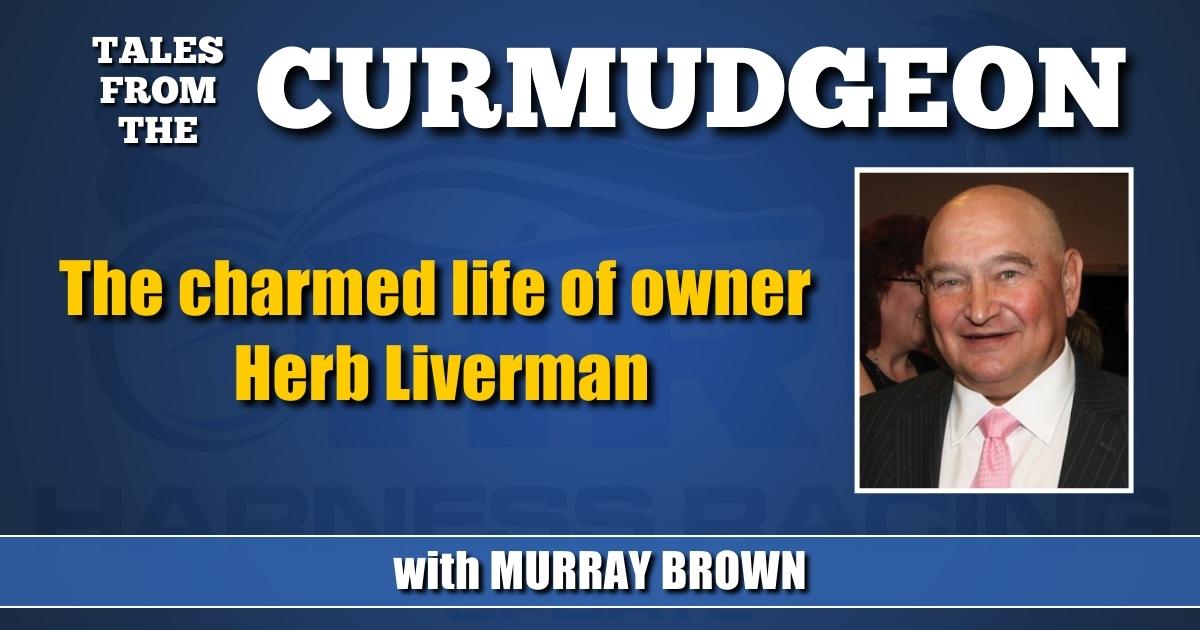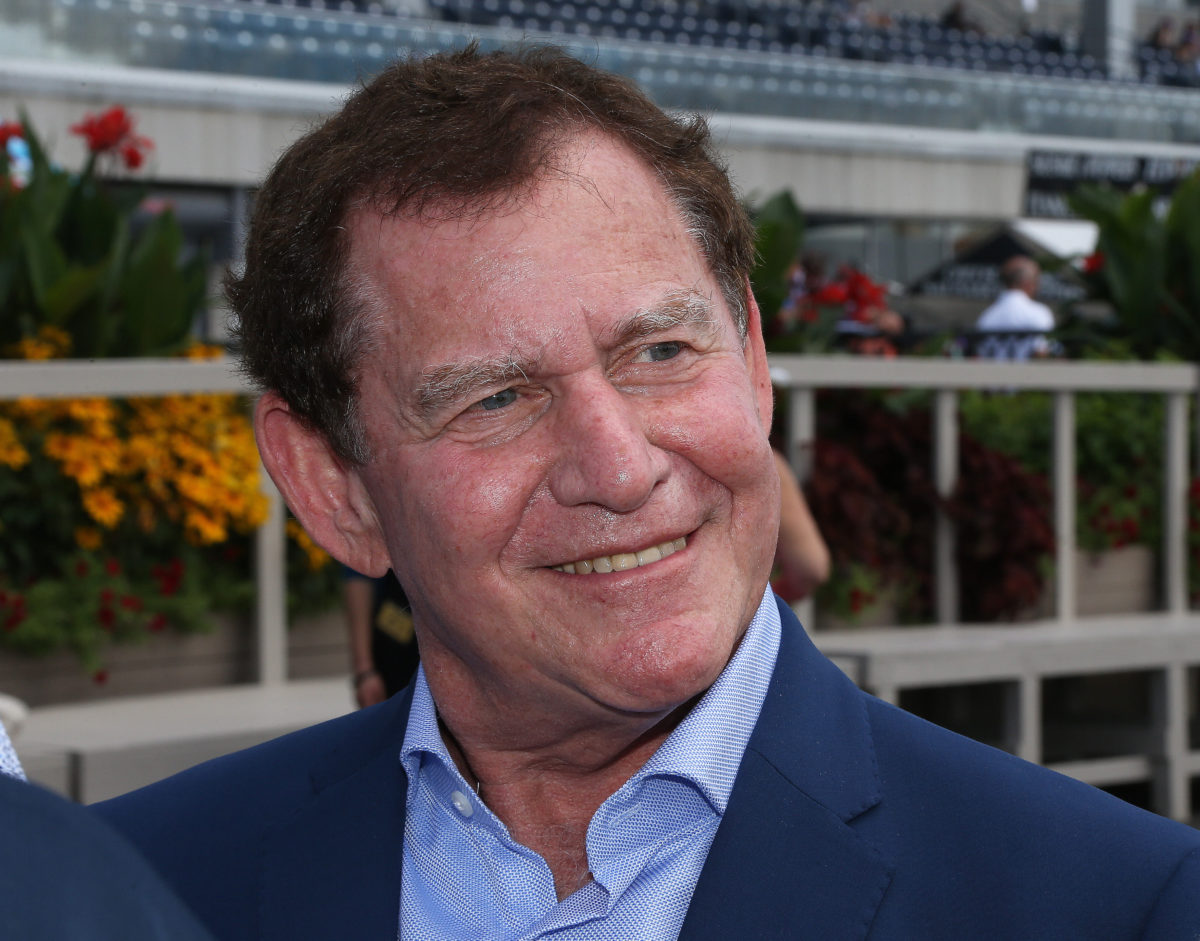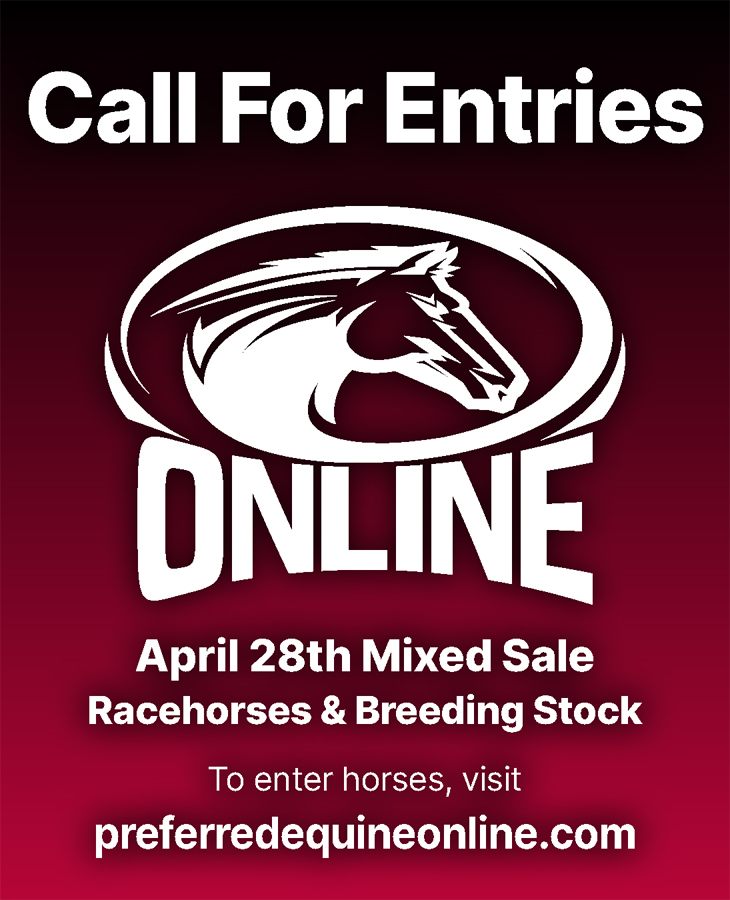The charmed life of owner Herb Liverman
by Murray Brown
There may be some, but not too many owners in this business who have been associated with as many good-to-great horses as Herb Liverman. The horses in which he has owned parts of include the Horses of the Year Muscles Yankee and Bee A Magician; two Hambletonian winners: Muscle Yankee and Pinkman; four Hambletonian Oaks winners, including Manchego, Bee A Magician and Wild Honey; the Meadowlands Pace winner Laughs; eight Breeders Crown winners and the winners of most stakes of consequence in North America through a 55-year career which began with the purchase of a pacing filly of little consequence named Keystone Wish.
Herb and his father, Irving, almost immediately transcended to the outstanding pacer and consequential sire Silent Majority, then to the great pacing filly Handle With Care and on to numerous other horses of great significance including Kadabra, Windshield Wiper, Maven and quite a few others. From 1969 through today, there has not been a day when there wasn’t a standardbred where the name Liverman wasn’t part of its ownership.
Herbie, as he is called by most of those who know him, was born and raised in Montreal, where after graduation from college he went to work with his Hall of Fame father. The pair worked together at Irving’s successful electronics business Super Electric.
From Montreal, Herb moved to Toronto where he supervised the expansion of the business from a regional one to one of the more significant industries of its type in Canada.
“Originally, we moved to Toronto with a view to selling Super Electric. Toronto had become the business hub of Canada. If you did not have a presence there you weren’t playing in the big leagues. We eventually did sell the business, but not before it had grown significantly. My dad never really got out of it completely. That business was his baby. He had started in electrical supplies shortly after he returned from World War II. He began Super Electric in 1948 and still had his offices in Super Electric’s facilities when he passed in 2017.”
Twenty years after the founding of Super Electric, Irving met Roger White.
“Dad liked horse racing as he did most sports. He mentioned to Roger that he might be interested in getting a horse or two. The first horse Roger bought for us was a filly named Keystone Wish. She wasn’t very good. The next year Roger was going to Lexington. Dad said that if Roger was going to buy something and was looking for a partner, he would gladly become that. That ‘something’ was to be Silent Majority. It’s been a great and mostly successful ride since then.”
Q: Even though you were, in theory, not an owner of Silent Majority — your father’s name was on the papers — you were, in effect, involved.
“That is correct. I always had a deep involvement in following and managing the horses. It became a family enterprise. My dad loved the racing. He craved action. Truthfully, when it came to the breeding end of the sport, he had very little interest in the nitty gritty of breeding and raising horses. On the other hand, I loved everything about it. Dad would go to the races and follow the racehorses. I would do that as well. I made pretty much all the decisions. Don’t get me wrong. When there was something important to be decided, father was consulted and he had the final word. Truthfully though, he left everything up to me.”
Q: Let’s talk about some of your horses.
SILENT MAJORITY. “He was the small acorn from which all the tall oaks grew. We never even dared to dream that he would become the horse that he did. He was a bargain yearling who cost $9,000. Dad was looking for a nice racehorse that he could race in Montreal — maybe if it was good enough, perhaps become a horse to compete in the Canadian Juvenile Circuit a series of races for 2-year-olds meant to encourage owners to buy yearlings which would raise the quality of racing in Canada. It was somewhat surprising that he and Strike Out, arguably the two best 2- and 3-year-olds in North America from the year of their birth came from rather modest beginnings. Silent Majority was a $9,000 yearling at Tattersalls, while Strike Out brought $15,000 at the sale that Alan Leavitt had started at Liberty Bell Park. There were many monumental races between those two. It blossomed into a fierce rivalry.
“However tragedy was to strike. Roger was killed in a plane crash that occurred while going to Philadelphia to attend the yearling sale there. Roger’s widow Aline was left his share in Silent Majority. She was to continue being our partner throughout the horse’s life extending through his stud career. By that time, the colt had shown that he was better than average — much better! At the time, the two top horsemen in North America were generally considered to be Stanley Dancer and Billy Haughton. Little did we know that Silent Majority would be trained by both of them. We went with Dancer first. Stanley had Albatross in his stable at the time. He had races just about every week. They conflicted with Silent Majority’s. We decided to move to Haughton. We enjoyed a great year of racing. We were looking forward to racing him as a 4-year-old. Unfortunately, he broke a coffin bone and had to be retired. We reached a stud deal with Walnut Hall Farm. He was syndicated and went on to a moderately successful stud career at Walnut Hall. There are very few pedigrees today that do not include him. He sired Abercrombie, who himself sired Artsplace. The name Artsplace is rarely absent from most pacers’ pedigrees today.”
HANDLE WITH CARE — “Our luck continued with this great filly. Billy bought her for $12,000 at Tattersalls. He asked dad if he wanted to own her. Dad said yes and she became part of our stable. What a great filly she became. At 2, she won all 17 of her starts. At 3, she continued her winning ways winning all but two of her starts and became a world champion with her 1.54.2 time trial in Lexington. Her earnings and records were monumental for that era. She earned over $800,000 for us in four years of racing. I would be remiss if I didn’t mention that she had a quasi-trainer in Fred Grant who had been the groom of Silent Majority with Stanley Dancer. When Silent Majority went to the Haughton stable, so did Freddie. Fred had graduated from being a groom with Haughton to becoming one of his second trainers. We asked Billy if he would consider sending Fred on the road with her. He did and would train her often, of course, reporting to Billy when Haughton was not available. Fred even drove her once in a stakes race as a 3-year-old. I think it might have been at the now defunct Quebec City track. It was one of only two losses she sustained that year. I don’t remember ever missing being at any of her races either at two or three. She was somewhat disappointing as a broodmare, never even coming close to reproducing her talent.”
KADABRA — “I received a phone call from Peter Heffering. He wanted to buy what he felt was a great trotter. He was looking for some partners. The price was steep — $800,000. The colt appeared to be exceptional. The problem was that his pedigree was lacking. He was sired by a well-bred horse named Primrose Lane who very few people had ever heard of. Peter felt that the horse was good enough to earn himself out on the racetrack. Any benefits from a stud career would be gravy. He put together a syndicate that was to own him. It consisted of Peter, Lee Devisser, Dave McDuffee, Irving Storfer and myself. Peter was right on the money in his assessment. A great benefit for me was that one of my partners was Dave McDuffee, a person who became and still is one of my dearest friends. As Peter had predicted he became an exceptional racehorse and perhaps jointly with Balanced Image became the greatest trotting stallion to ever stand in Canada. He had earned almost $350,000 at 2 for his previous owners, the Hostetler family. He ended up making almost $1,500,000 for us with lifetime earnings of over $1,800,000 under the tutelage of renowned trainer Jimmy Takter. He also contributed several million dollars to his owners from standing in stud.”
MUSCLES YANKEE — “He was the highest priced yearling that I ever bought. Four of us bought him for $200,000 — actually there were two of us to begin with — Jimmy Wheeler and myself. Bill Perretti came in and so did David French an owner who was a friend of his trainer to be Chuck Sylvester. His purchase was promoted by a bit of a renegade named Jimmy Wheeler. Wheeler was to buy him with myself as his partner. Bill Perretti and David French came in after Wheeler had signed for him. A problem was that Wheeler, as he was prone to do, ran into financial difficulties. He put his interest up for sale. Perretti was supposed to buy Wheeler’s piece for he and myself. After Wild Bill bought the share from Wheeler, Bill told me that I was out. He said he was keeping it all for himself. That was Bill Perretti. That was likely the best deal Bill Perretti ever made in the horse business. Muscles more than justified his high price. He started to bloom at the end of his 2-year-old season. As a 3-year-old he was virtually unstoppable. He was Horse of the Year in 1998. His wins included the Hambletonian. Not only was he a great trotter, but he became one of the greatest trotting stallions in the history of the sport. His blood lives on through the success of his greatest son Muscle Hill.”
Q: You mentioned Bill Perretti, tell us about him.
“He was actually a great partner. He was also one of the greatest characters that the sport has ever known. Anybody that ever met him was very likely to never forget doing so. Here’s a story about Bill. We were having dinner in New York. Bill was quite mercurial, often subject to great optimism about the sport only to quickly get down on it. He was in one of his down phases. He said he wanted to get out. I asked him for a price on his entire broodmare band. He came up with a number. I said ‘sold.’ We shook hands, but no sooner had he made the deal that he said, ‘I’ve changed my mind. They aren’t for sale.’ I knew he was subject to changing his mind. That was Bill and I accepted him as such.”
Q: Tell us about some of your trainers.
“I’ve been very lucky with trainers. I’ve probably had more than my share of great ones. I started with Roger White who was not only a great trainer, but was also a great gentleman. From Roger, we went to Hall of Famers Stanley Dancer and Bill Haughton. Freddie Grant took care of and also trained a few for us. We had Jimmy Rankin, whose life was tragically cut short by an automobile accident. That, just when he was getting into the big time. Normand Dauplaise, a good friend, had several overnight horses for us through the years. Of course, I’ve had great success with Hall of Famers Chuck Sylvester and Jimmy Takter. Nifty Norman was responsible for picking Bee A Magician as a yearling and training her throughout her great career.”
Q: What’s life like for Herbie Liverman these days?
“I had been living in Toronto until the time we sold Super Electric. While living there I became friends with John Fielding — still one of my best friends. We would get together and peruse the yearling catalogs together. We would put together a list of yearlings who’s pedigrees interested us the most. We would then give the list to Jimmy Takter. Jimmy would look the list over and evaluate those yearlings on their conformation. Most of our yearling purchases came from those lists.
After we sold Super Electric I decided that I had enough of those cold Canadian winters. We bought a home here in Miami and have been here since. I still have some horses. I retained my interest in Bee A Magician, her dam Beehive and another mare Presto. We will be selling a Father Patrick half-sister to Bee A Magician and two yearlings by Greenshoe this fall. I am also still involved with racing I have three in training, including Pretender, a Muscle Hill son of Maven who unfortunately didn’t draw too well in yesterday’s Hambletonian eliminations. I don’t foresee a time when I won’t be at least slightly involved in the sport.
Have a question or comment for
The Curmudgeon? Reach him by email at: hofmurray@aol.com


















